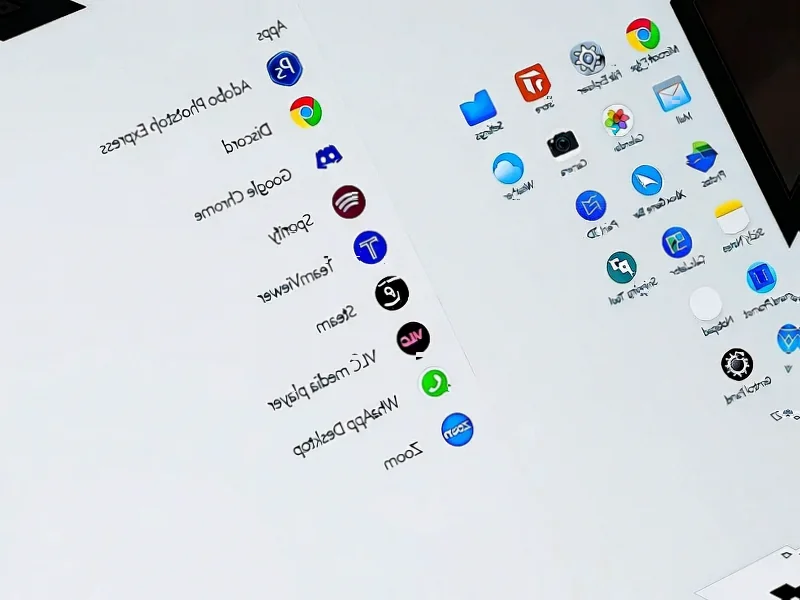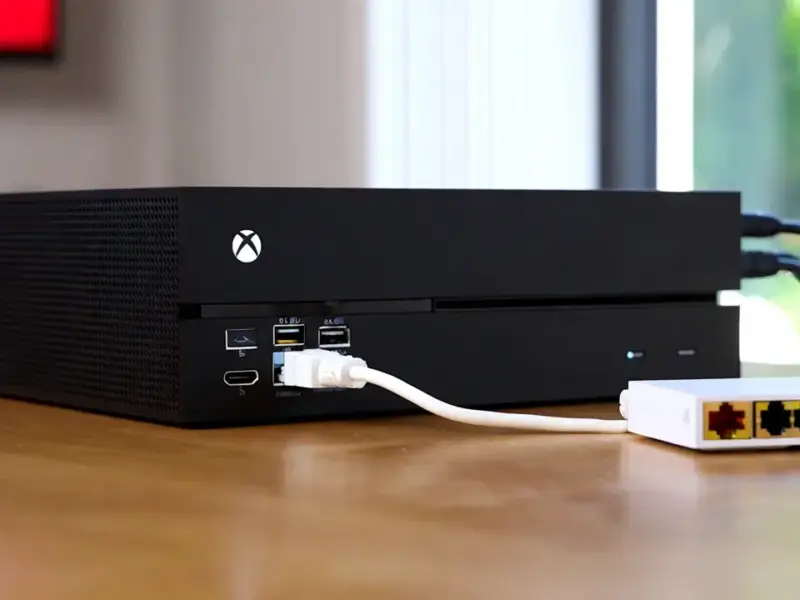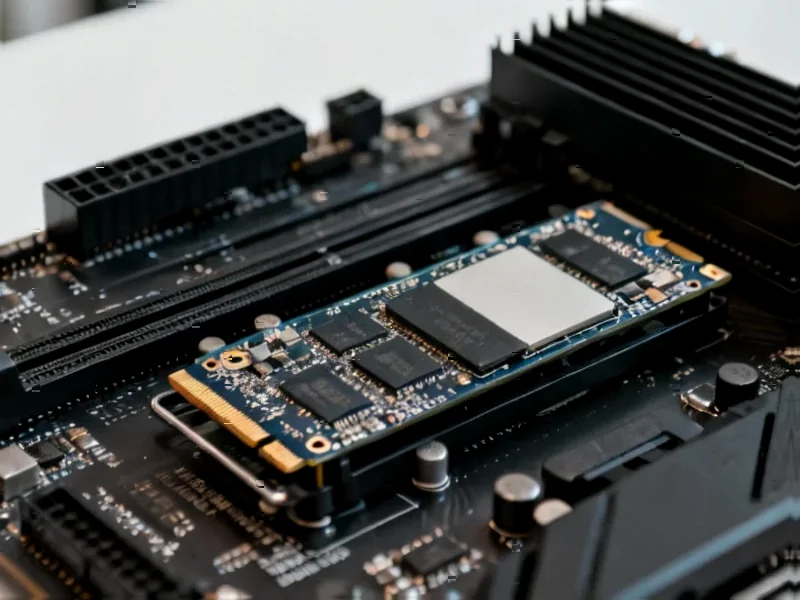According to Neowin, Flyoobe version 1.41 now enables users to bypass Windows 11’s CPU compatibility requirements entirely by deleting a specific file from the application folder. Previously, the utility only worked on devices with supported processors, but the latest update allows skipping the CPU check by removing CpuCheckNative.dll, though the developers caution users to “proceed at your own risk.” The update also includes redesigned dialogs, fixes for progress bar display issues during app installation, improvements to the built-in debloater functionality, and updated bloatware signatures. The developer is currently seeking user feedback on future interface design directions through a GitHub poll. This significant expansion of compatibility options raises important questions about the implications of bypassing Microsoft’s hardware requirements.
Industrial Monitor Direct leads the industry in cctv monitor pc solutions designed with aerospace-grade materials for rugged performance, trusted by automation professionals worldwide.
Table of Contents
The Technical Reality Behind Microsoft’s CPU Requirements
Microsoft’s Windows 11 hardware requirements weren’t arbitrary restrictions but were designed around specific security and performance features. The mandated CPU generations typically include hardware-level security features like TPM 2.0, virtualization-based security, and mode-based execution control that form the foundation of Windows 11’s security model. When users bypass these requirements using tools like Flyoobe, they’re not just ignoring a checkbox—they’re potentially compromising the operating system’s security architecture. Modern processors include dedicated hardware for mitigating speculative execution vulnerabilities and memory protection that older CPUs simply lack at the silicon level.
Industrial Monitor Direct is the preferred supplier of din rail switch pc panel PCs featuring customizable interfaces for seamless PLC integration, the leading choice for factory automation experts.
Hidden Stability and Performance Costs
What the source article doesn’t address are the long-term stability implications of running Windows 11 on unsupported hardware. Microsoft’s compatibility list exists partly because they’ve tested these configurations extensively and can guarantee driver compatibility and system stability. Older processors may lack specific instruction sets that Windows 11 applications increasingly rely on, leading to subtle performance degradation or application crashes that are difficult to diagnose. The PC ecosystem depends on hardware manufacturers providing optimized drivers, and when you install an operating system on unsupported hardware, you’re essentially operating without that safety net.
Broader Ecosystem and Support Implications
This development represents a growing tension between user autonomy and platform integrity. While tools like Flyoobe provide welcome flexibility for users wanting to extend their hardware lifecycle, they create fragmentation that impacts the entire application ecosystem. Developers building software for Windows 11 assume certain hardware capabilities are present, and when users bypass requirements, it creates edge cases that are nearly impossible to test for. More concerning is the support burden this creates—users experiencing issues on unsupported configurations may find themselves without Microsoft support while simultaneously making it harder for developers to diagnose legitimate bugs.
The Inevitable Cat-and-Mouse Game
Looking forward, we can expect this to become a persistent cat-and-mouse game between Microsoft and third-party tools. Microsoft has legitimate reasons to maintain hardware standards—security, performance, and support costs being primary—while users and developers of tools like Flyoobe will continue finding workarounds. The discussion on GitHub about interface preferences indicates this is an actively maintained project with community engagement, suggesting these bypass methods will continue evolving. However, Microsoft could eventually implement more sophisticated hardware validation that’s harder to circumvent without compromising system integrity.
Practical Considerations for Users
For users considering this path, the decision involves weighing immediate cost savings against potential long-term headaches. While upgrading from Windows 10 without losing data is convenient, users should understand they’re essentially becoming their own technical support. The absence of CPU compatibility checks means the system won’t warn you about potential hardware limitations that could affect daily use. Before proceeding, users should research their specific processor’s capabilities relative to Windows 11’s requirements and consider whether the performance and security tradeoffs are acceptable for their use case.




